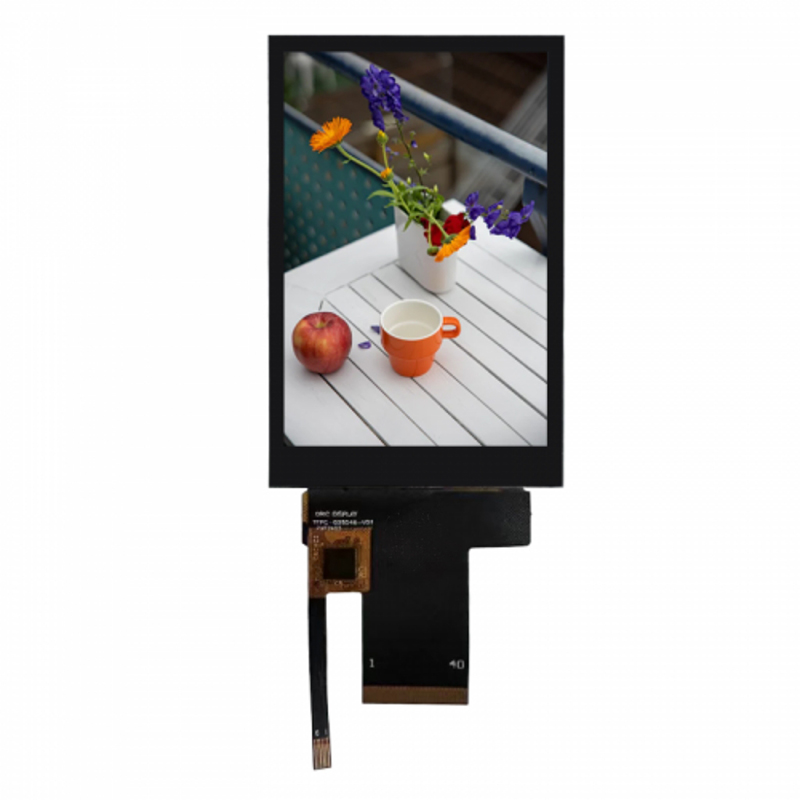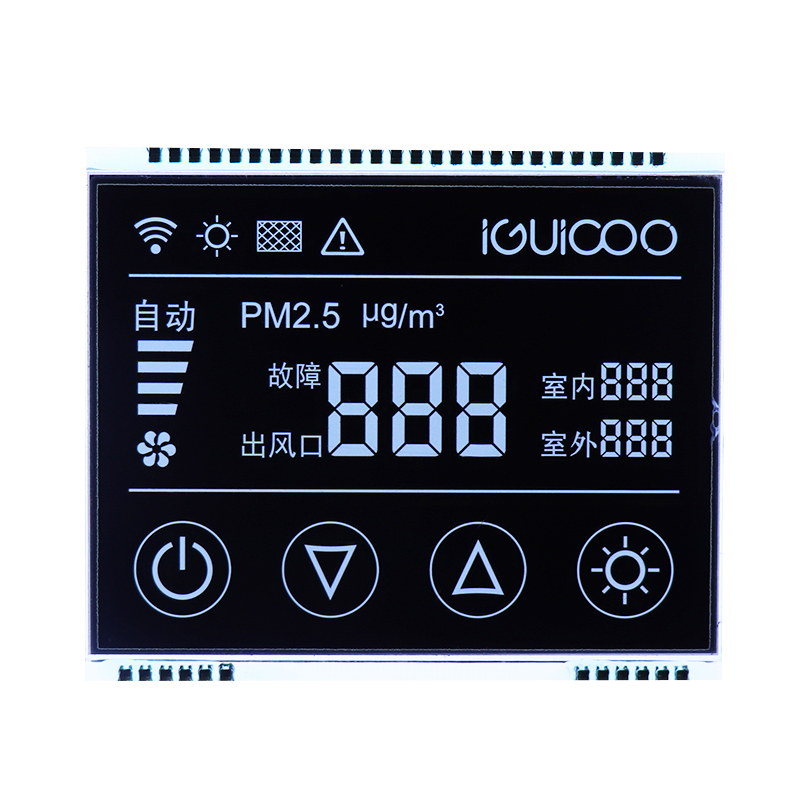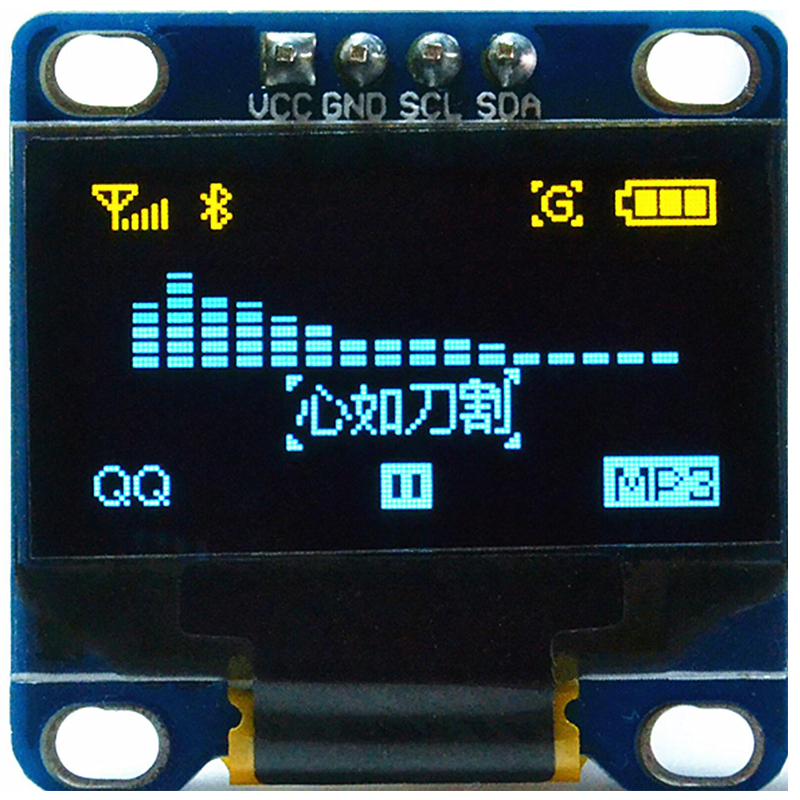
This comprehensive guide explores the world of mechanical dot matrix displays, covering their functionality, applications, advantages, disadvantages, and considerations for implementation. We delve into the technology behind these displays, providing practical examples and insights to help you make informed decisions.
Mechanical dot matrix displays, unlike their liquid crystal (LCD) or LED counterparts, utilize physical elements to create their visual output. Typically, these displays consist of a matrix of pins or other mechanical components that move independently to form characters or symbols. Each dot in the matrix corresponds to a single actuator. When activated, these actuators extend or move to create a visible dot, forming the desired image. This technology offers a unique tactile and sometimes even audible feedback.
Several variations exist within the mechanical dot matrix display category. Common types include:
These displays utilize a grid of small pins that are individually raised or lowered to create the display pattern. The pins can be made of various materials and often feature different shapes and sizes. Pin matrix displays are often durable and long lasting, particularly when encased in a protective cover, and known for their distinctive appearance. Some offer different colour pin options.
Rotating drum displays utilize a cylinder with characters etched or embossed onto its surface. The cylinder rotates, and windows reveal selected characters to form the message. While less flexible than pin matrix displays in terms of the displayed information, they are often mechanically simpler and can be remarkably robust.
Other less common types of mechanical dot matrix displays may use other moving components like flaps or shutters. The specific technology will impact aspects such as cost, reliability, and visual quality.
Choosing the right display technology requires careful consideration of its pros and cons:
| Advantages | Disadvantages |
|---|---|
| High visibility, even in bright sunlight | Relatively low resolution compared to LCD or LED |
| Durable and long-lasting | Can be slower to update than electronic displays |
| Unique tactile and often audible feedback | Generally higher cost than electronic counterparts |
| No backlight required | Higher power consumption than other technologies |
Mechanical dot matrix displays find applications in various niche markets where their specific characteristics are valuable:
Selecting the right mechanical dot matrix display for a particular application requires assessing factors like resolution requirements, environmental conditions, update speed needs, power budget, and of course, cost. Consulting with a display specialist like Dalian Eastern Display Co., Ltd. can help in navigating these choices.
Mechanical dot matrix displays represent a specialized technology with unique strengths. Understanding their capabilities and limitations is crucial for successful implementation in applications where their robust design, high visibility, and tactile feedback are advantageous. While not as prevalent as electronic displays, their niche applications continue to hold relevance.












